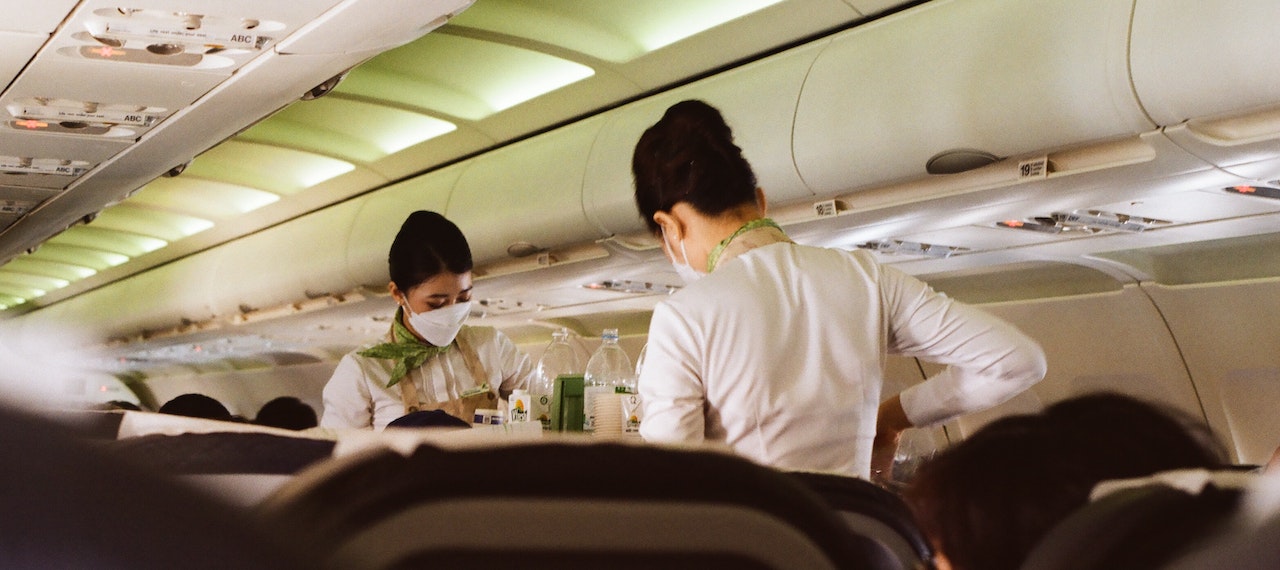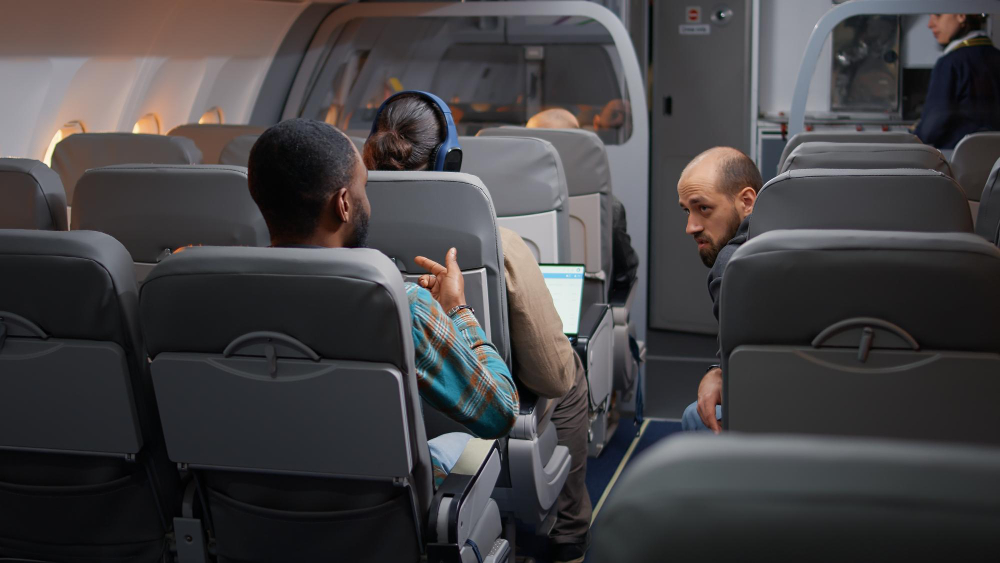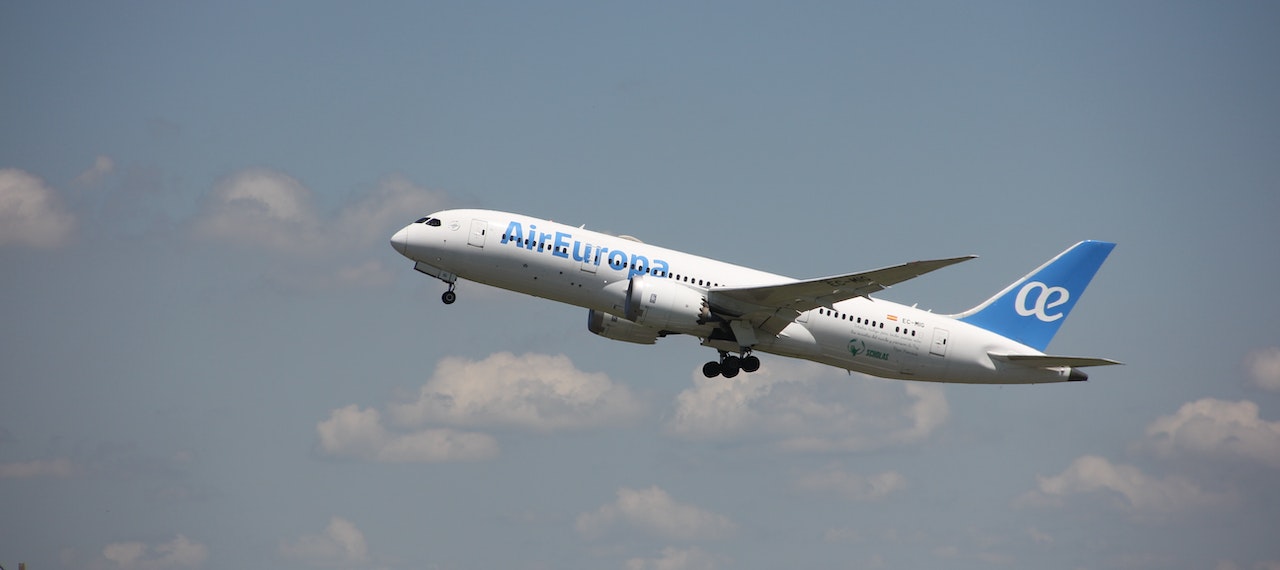Air travel is considered one of the safest modes of transportation in the world. This, in large part, can be attributed to the stringent training processes and emergency preparedness that flight and airline crews undergo. The rigorous training methods adopted by airlines ensure that the crew is well-prepared for any unforeseen circumstances that may occur mid-air.
Let's delve into the fascinating world of how airline crews are trained for emergencies on flights and airlines.
Rigorous Selection and Training
Prospective airline crew members, including pilots and cabin crew, must first undergo a meticulous selection process. This process includes extensive background checks, health assessments, and evaluation of skills like problem-solving, communication, and teamwork. After passing the initial selection process, they are enrolled in intensive training programs that cover various aspects of flight safety and emergency management.
Ground School and Simulator Training
All crew members, especially pilots, spend a significant amount of time in ground school. They learn about aircraft systems, navigation, meteorology, aviation regulations, and emergency procedures. This theoretical knowledge is then applied in flight simulators, which replicate the cockpit and allow trainees to experience flight conditions and respond to simulated emergencies.
Cabin Crew Emergency Training
Airline cabin crews play a critical role in ensuring passenger safety during emergencies. Their training includes learning how to handle medical emergencies, such as a passenger falling ill on a flight, and how to use onboard medical equipment. Additionally, they learn emergency procedures for situations like sudden cabin depressurization, smoke or fire on board, or a water landing.
Cabin crew also receive hands-on training on how to operate and evacuate passengers using emergency slides and life rafts. Part of their training also includes survival skills, such as how to survive in the wilderness or open water if an aircraft must land unexpectedly.
Regular Recurrent Training
A unique feature of the emergency training for flights and airlines crew is the recurrent training. Crew members must regularly undergo refresher courses and simulations to keep their skills sharp. This ensures they are always prepared and updated on the latest safety procedures and equipment.
CRM (Crew Resource Management)
CRM training is a vital part of emergency preparedness. It focuses on soft skills, like communication, leadership, and decision-making under stress. CRM recognizes that human error or miscommunication often contributes to accidents, and so it trains crews to work effectively as a team during emergencies.
Emergency Response Planning
Airlines also maintain comprehensive emergency response plans. These plans detail procedures for crisis management, including coordinating with ground services, hospitals, and family members in the event of an accident.
To sum it up, the high standard of safety maintained in flights and airlines is due to the exceptional emergency training given to airline crews. As passengers, we can feel assured knowing that the men and women serving us mid-air is not only there to make our journey comfortable but are extensively trained to protect our lives in the face of emergencies.
These efforts underscore why it's crucial to pay attention to the safety briefing at the start of each flight. That way, we as passengers can also contribute to ensuring a safe and pleasant journey for all aboard.

.png)
.jpg)




.jpg)
